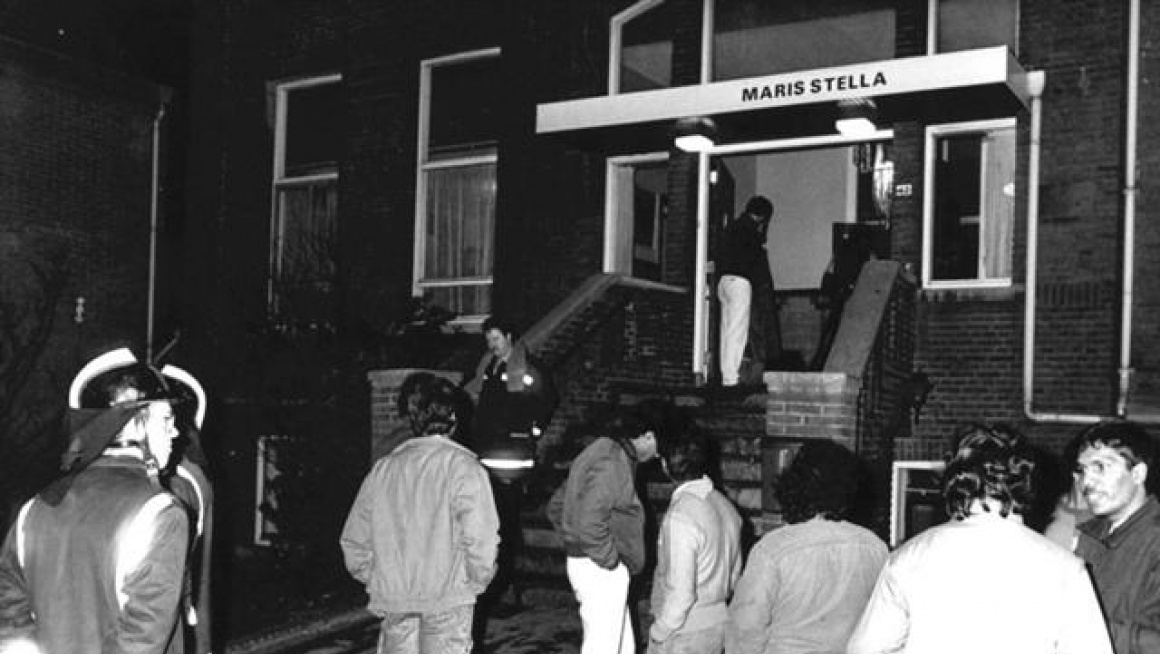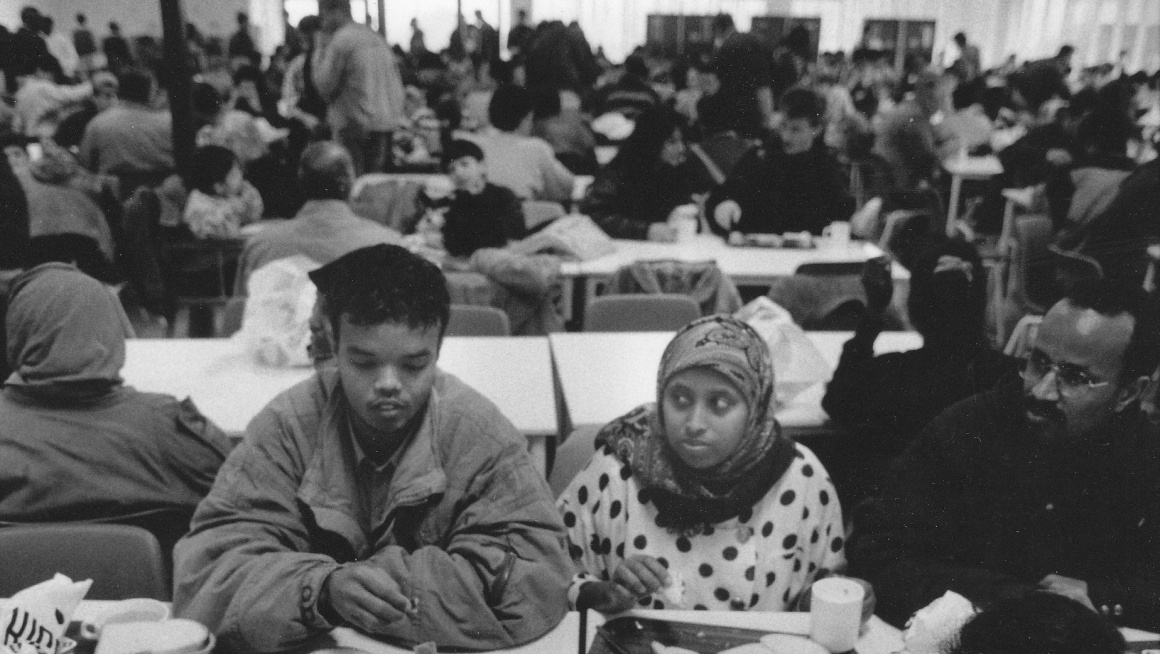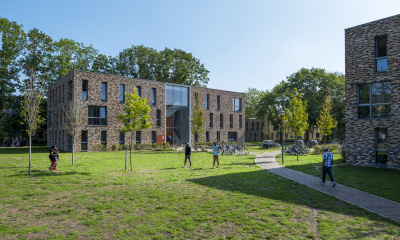Vietnamese boat refugees and Tamils
Until the 80s of the 20th century, few asylum seekers came to the Netherlands. They were referred to the Benefits Office and received benefits. Particularly in response to an increasing influx of Vietnamese boat refugees at first, and Tamils from Sri Lanka a couple of years later, the Asylum Seekers Reception Regulations (ROA) became effective in November 1987. The first 4 reception centres were opened: Luttelgeest, Schalkhaar, Stevensbeek and Sweikhuizen.
Beginning of the COA
In 1992, preparation was made for asylum reception as part of a separate government agency. The implementing officials were seconded to the Interim Reception for Asylum Seekers Foundation (ISOA). In 1993,the Lubbers III government decided to combine the ISOA and POA into the Central Reception for Asylum Seekers. Formally, this was still the predecessor of the current COA. On 1 July 1994, the COA Act was passed and the Central Agency for the Reception of Asylum Seekers (COA) started officially as a government agency. In that year, the Immigration and Naturalisation Service (IND) also became responsible for the implementation of the admission policy.
Early years: great influx
In the COA’s early years, the number of reception centres rose quickly. It was a time of pioneering. Staff numbers increased, and the focus was primarily on acquiring reception centres. After this pioneering phase, the COA started to focus more on the support of asylum seekers. For instance, we offered medical care from that time on, as well as the option to take courses – for example to learn Dutch – and information about the asylum procedure and life in the Netherlands. This expansion of tasks was accompanied by professionalisation of the COA as an organisation.
Ups and downs
With almost 84,000 asylum seekers, 2001 was a historical peak in the size of the reception. Then, the number of residents decreased gradually to 15,000 in 2021. From the end of 2013, the number of asylum seekers started to increase again and around 50,000 asylum seekers were staying in reception by the end of 2015. After that, the number of residents started to decrease again, to 21,000 asylum seekers by the end of 2017. In 2018, the decrease stagnated and the number of residents started to increase again to almost 30,000 as a result of a long period of stay and a slight rise in influx. Since 2020, the COA is again looking for options to expand its capacity.




